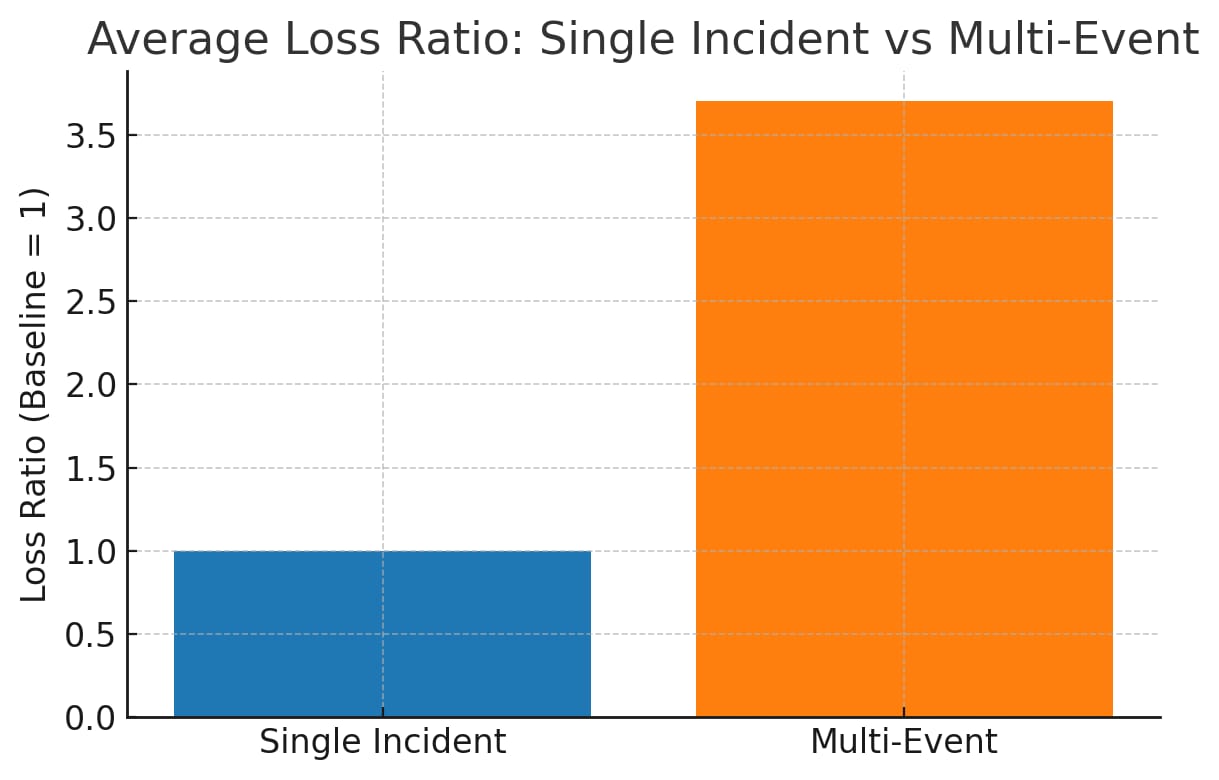- Defend & Conquer: CISO-Grade Cyber Intel Weekly
- Posts
- Strategic planning for coordinated response to simultaneous cyber events
Strategic planning for coordinated response to simultaneous cyber events
CybersecurityHQ Report - Pro Members

Welcome reader to a 🔒 pro subscriber-only deep dive 🔒.
Brought to you by:
👉 Cypago – Cyber governance, risk management, and continuous control monitoring in a single platform
🏄♀️ Upwind Security – Real-time cloud security that connects runtime to build-time to stop threats and boost DevSecOps productivity
🔧 Endor Labs – Application security for the software development revolution, from ancient C++ code to bazel monorepos, and everything in between
🧠 Ridge Security – The AI-powered offensive security validation platform
Forwarded this email? Join 70,000 weekly readers by signing up now.
#OpenToWork? Try our AI Resume Builder to boost your chances of getting hired!
—
Get lifetime access to our deep dives, weekly cyber intel podcast report, premium content, AI Resume Builder, and more — all for just $799. Corporate plans are now available too.
Executive Summary
The probability of facing multiple simultaneous cyber events has transformed from a remote possibility to an operational certainty. This whitepaper presents comprehensive strategic planning approaches for Chief Information Security Officers (CISOs) and security leaders to coordinate effective responses across complex organizational networks when multiple cyber incidents strike concurrently.

Drawing from recent research, industry frameworks, and real-world case studies, we identify key strategic approaches that enable organizations to maintain operational resilience during multi-incident scenarios. These include establishing unified defense strategies with clear command structures, implementing proactive resilience measures that assume breach scenarios, forming dedicated cross-functional response teams, adopting Zero Trust architectures to limit cascade effects, and leveraging advanced analytics with automation for rapid threat detection and response.
The evidence shows that organizations implementing these coordinated approaches report significant improvements in incident containment times, reduced operational disruption, and faster recovery metrics. However, success requires more than technical solutions. It demands fundamental organizational changes including workflow redesign, executive engagement, and cultural shifts that prioritize cyber resilience as a business imperative rather than an IT concern.

Subscribe to CybersecurityHQ Newsletter to unlock the rest.
Become a paying subscriber of CybersecurityHQ Newsletter to get access to this post and other subscriber-only content.
Already a paying subscriber? Sign In.
A subscription gets you:
- • Access to Deep Dives and Premium Content
- • Access to AI Resume Builder
- • Access to the Archives
Reply